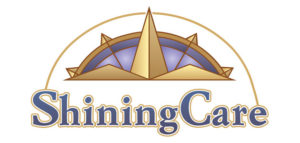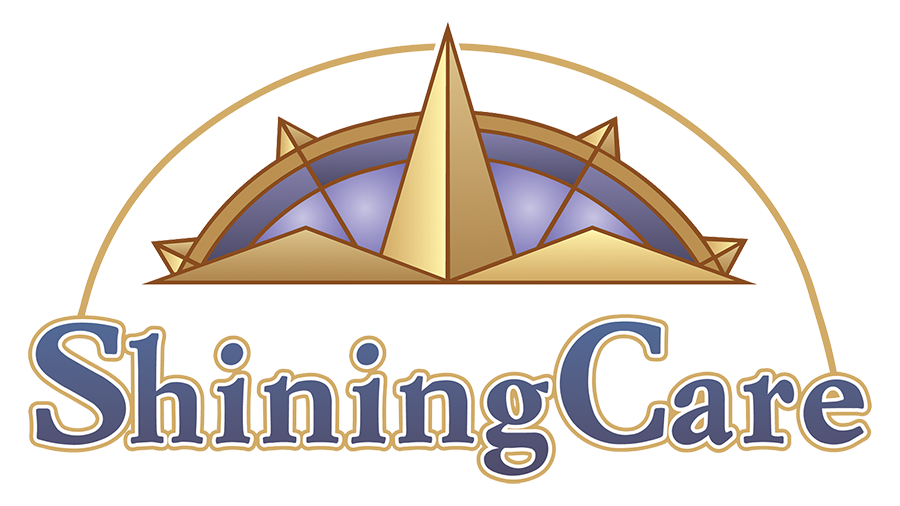Caregiving Compass
Helpful tips for family caregivers
November/December 2012
The holidays are a busy time. Here are suggestions to make your caregiving easier.
Giving thanks: It's good for your health
Many of us regard the Thanksgiving holiday as an annual opportunity for counting our blessings.
There’s a good reason for practicing the giving of thanks throughout the year: Research suggests that cultivating an “attitude of gratitude” is associated with greater
- physical and mental health;
- generosity and kindness; and
- resilience in difficult times.
It seems that by giving thanks, you end up with more to be thankful for! There is evidence that the more time you spend in a perspective of gratitude, the more your positive neural pathways engage. Your mind becomes tuned toward seeing the positive in life. So you’re more apt to find yourself humming through the irritations of your day than griping about them.
Fortunately, gratitude is a choice. Consider these options:
- Morning reflection. Before you take up the tasks of the day, pause to give thanks for a past blessing. Perhaps a teacher who influenced you. A special vacation. Or a favorite family dessert. Let the sensation of gratitude soak in during a few minutes of silence.
- Daily log. At the end of your day, take a moment to reflect. What are you thankful for today? Assistance received at the pharmacy? A phone call from a friend? A beautiful sunset? Deepen your appreciation by keeping a written gratitude log.
- Giving gratitude. As you go about your life, look for opportunities to say “thank you.” Was a store clerk extra helpful with mom? Perhaps a neighbor did some yard cleanup for dad. Give that person a call or send a thank you note.
- Weekly check-in. It’s easy to have the days and years go by in a busy blur. Instead, set aside time each week for savoring recent experiences and identifying good things to anticipate. Better yet, strengthen your gratitude by recounting your blessings with another.
Solutions to hearing loss
Hearing loss is common among older adults. But many elders resist talking about it. Frequently, they think there are no good options for correcting the problem. In fact, there are more options than ever.
The current generation of hearing aids bears little resemblance to those of old.
- Appearance. With new technology, hearing aids today are barely visible. Even the traditional behind-the-ear style is smaller. Only a slender tube extends into the ear canal.
- Quality of improvement. According to Consumer Reports, 73% of people with hearing aids are satisfied with their purchase. Behind-the-ear, open-fit designs are ranked highest for the most difficult hearing situation: loud, social gatherings.
- Comfort and use. Many styles and types are available. Choose a provider who offers follow-up service to fine-tune fit and volume. Be sure the purchase includes a trial period and refund.
Cost remains a challenge. A pair of hearing aids costs $1500 – $7000 (average $3000). Medicare covers the diagnostic exam but not the aids. A supplemental health plan may provide coverage. Or ask about manufacturer financing. Help is available to veterans through the VA.
A number of stand-alone assistive devices are also available. These support hearing in specific situations. Look for personal amplifiers, which fit in the pocket. They are an easy, inexpensive first step. You might also consider TV earphones and special telephone options.
You can also try these tips to improve communication:
- Face your relative.
- Speak a bit slower than usual.
- Turn off or avoid background noise. Move to another room if need be.
- Stop shouting! Volume is only part of the problem. Seniors with hearing loss tend to have difficulty with high tones (pitch) and certain consonants. If you can, make your voice lower and only slightly louder.
Learn more at the website of the Hearing Loss Association of America.
Return to topTips for open enrollment
October 15 through December 7 is the Medicare open enrollment period. This is the time of year when seniors can change their coverage for Medicare Parts C and D.
Part D is prescription insurance. Part C involves Medicare “Advantage” plans. These plans provide coverage through special provider networks, for example, an HMO. You’ll find a quick description of Medicare Plans in our November 2011 newsletter.
Why would you change Part C or Part D?
The main reasons to change involve
- receiving a new medical diagnosis;
- adding or changing a medication;
- an increase in the current insurer’s rates;
- a change in the medications covered by the current insurer;
- a change in the services offered by the current insurer.
Find out about new plans
Go to the government’s Medicare.gov website and click on the yellow “Find health and drug plans” button. Enter your family member’s zip code. If you have your family member’s Medicare card, you can enter more information to receive a more personalized list of results.
Careful about scammers
Open enrollment brings an increase in phishing scams. Be wary of anyone claiming to be an employee of Medicare and requesting your loved one’s Medicare number for authentication. Do NOT give that number to people who contact you! The Medicare number includes the social security number. These are identity thieves. Medicare asks for this information only if you call them.
For more information
On November 17 at 2 p.m. eastern time, you can listen to a free webinar by the American Association of Retired Persons. It will explain open enrollment and offer tips for selecting new plans. Register online at http://bit.ly/QooiRY.

